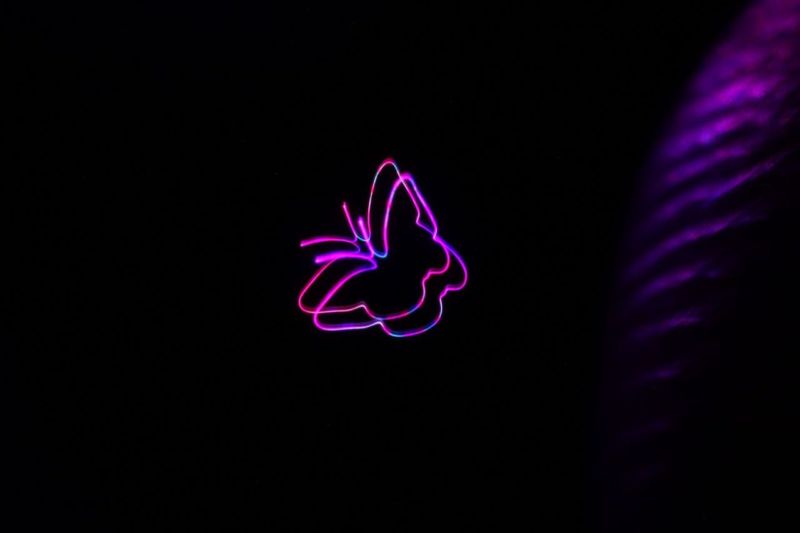Community, Leadership, Experimentation, Diversity, & Education
Pittsburgh Arts, Regional Theatre, New Work, Producing, Copyright, Labor Unions,
New Products, Coping Skills, J-O-Bs...
Theatre industry news, University & School of Drama Announcements, plus occasional course support for
Carnegie Mellon School of Drama Faculty, Staff, Students, and Alumni.
CMU School of Drama
Monday, January 29, 2018
3D, volume-filled imagery created with hovering dots
Ars Technica: All sorts of 3D-imaging technologies tend to get lumped under the label "hologram." But there's actually a variety of distinct technologies that can create the appearance of depth. Now, we can add another to the list: the photophoretic-trap volumetric display. The device uses one set of optical hardware to control the motion of a tiny sphere and a second set to illuminate the sphere as it travels.
Subscribe to:
Post Comments (Atom)

2 comments:
This kind of technology is absolutely fascinating, and seem completely fake despite their existence. Even when I was watching it in action, on a video camera, having read all about the science behind what makes it work and why, I still could barely believe my eyes ate how incredibly cool this technology is. Granted, it's significantly smaller than I first thought it would be when reading the article - the images are just fingertip sized, rather than full-sized recreations of objects. But given that it's a new technology, I'm super excited to see how they develop it in the future and how they can figure out the science behind sizing it up. These techniques of image creation and projection, should they be built upon, have a lot of promise for things like live streaming concerts, having moving digital characters in theme parks or rides, or using effects to recreate otherwise impossible magical spells or scenes in theater that couldn't be made in any other way.
This looks so cool to me. I have long been waiting for the time where holograms become a real thing, because up until now, I have never really seen anything like we have in movies and whatnot. This does not look exactly like those things, but I think it could in the next few years with a little bit more work being done. I think it is genius to use the tiny floating beads as the base for the lasers to light up. I can not even begin to imagine the technology that goes into this. The tracking and the amount of computer algorithms needed to make all of that tech work together. I love the fact that they use Star Wars as their basis for what they were trying to achieve. We could all learn a lot from George Lucas. This is exciting stuff. Go Brigham Young University! Can not wait to see more.
Post a Comment